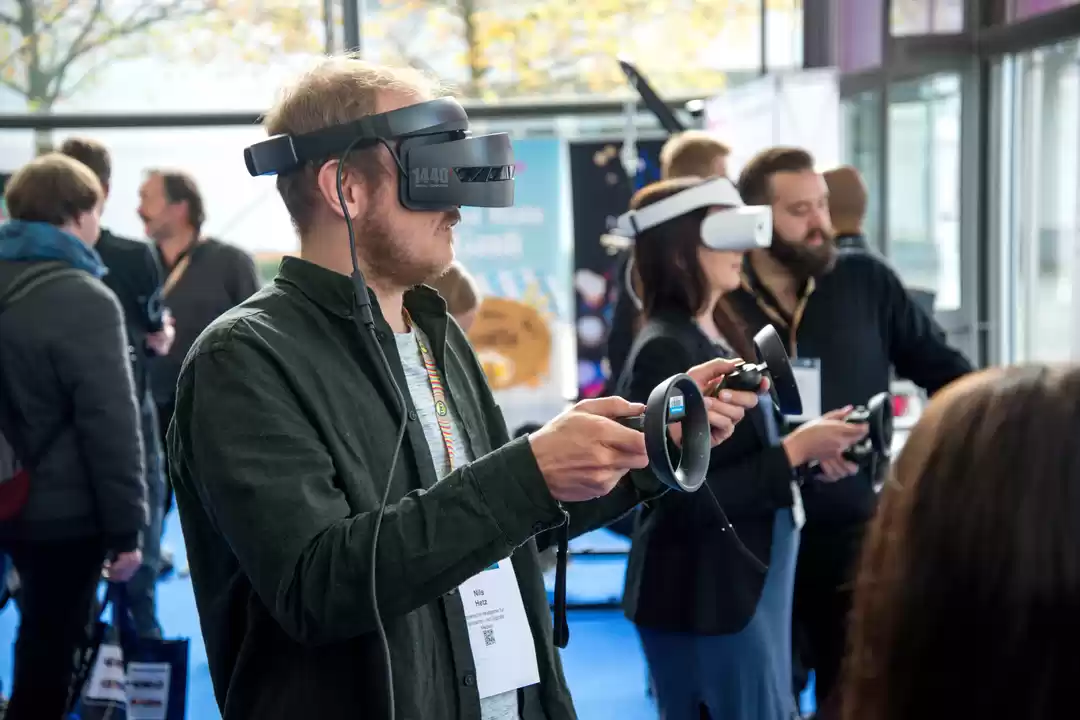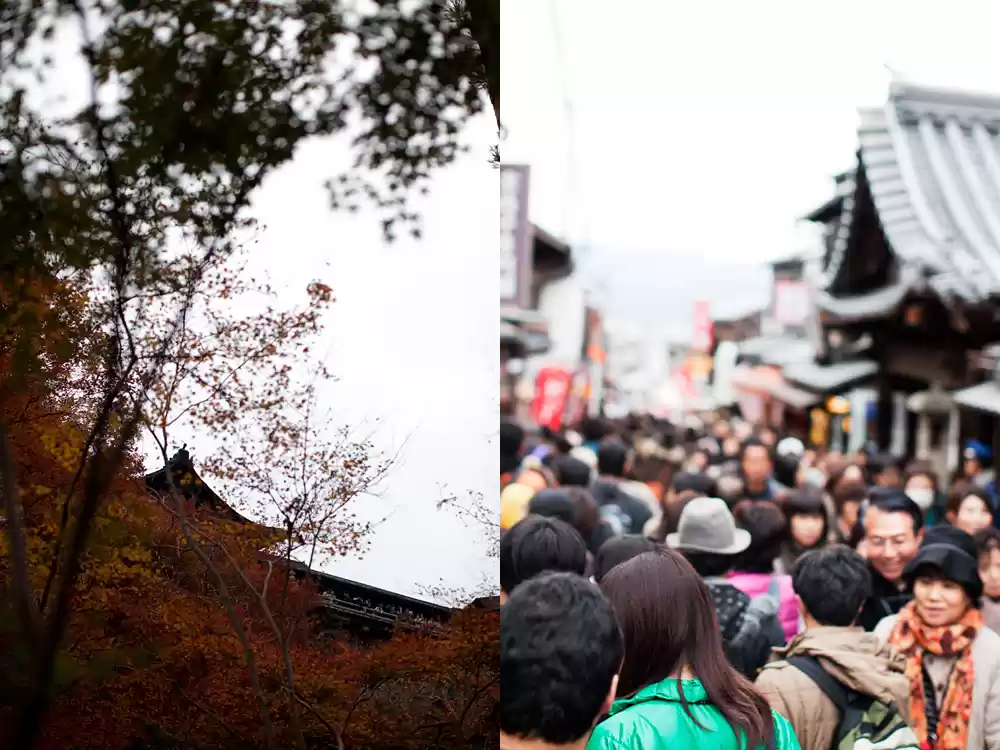
Evolution of the Society
Due to the rapid development of modern society in the sphere of human activity, continuously increased rate of development and penetration of information technology ensures efficient functioning and successful evolution of the social life.
Technologies in Japan
The introduction of information technology not only influenced modern society, but also penetrated into the science field, for example in sociology and essays edge writing. It is difficult to imagine social community without the use of information technology. Such communities are comprised of Japanese people who use technologies. Up to date, the total number of users of high-speed Internet channels in the country with general population of 128 million people accounts for more than 29 million people, which is more than a third of all Internet users in the country (about 80 million). At the moment, the large increase in users of home fiber-optic technology for FTTH (Fiber to the home) allows to perform symmetric data transmission at speeds up to 100 megabits per second. The leading companies in this field are NTT and Tokyo Power Co., they are currently serving more than 2 million people (in January 2004, the number of subscribers was only 894 thousand people). Information technologies are being actively implemented in Japan in the field of broadcasting. Since 2005, Japan started broadcasting digital television programs on mobile phones.
Problems of Technological Society
There are vivid problems in societies where people use a lot of technologies. There is an increasing impact of the media on society. Information technology can destroy the privacy of individuals and organizations. There is a problem of selection of reliable information. A lot of people can not adapt to the environment of the information society. There is a danger of the gap between the "information elite" (people involved in the development of information technology) and consumers. In addition to the positive impact of information technology there is also a negative impact. Scientists warn that the residents of the third millennium may be "scary disabled" people. With a warning about the dangers of overuse of one of the most important acquisitions of mankind came 75 American scientists, educators and community leaders. They argue that computers "pose a serious threat to the health of children" and may cause "long-term impairment of mental, emotional and intellectual development," of children. As demonstrated by testing, primary school pupils in the United States are actively using computers, and according to educators, they are "frighteningly limited" and can lose the ability to create their own visual images or ideas. Therefore, the scientists urged the authorities to introduce "a moratorium on the further expansion of the use of computers in pre-school and primary school education.” Academic representatives offer to prepare an official medical report assessing the threats that the use of computers in the learning process has on the physical and emotional development of children. Japanese and British doctors also ring the alarm. Among their patients the number of complaints concerning violations of the memory function increased. Research carried out by scientists of Japanese clinics among patients aged 20 to 35 years showed that the present generation, brought up on all sorts of devices and "external memory," lose the ability to remember new information and are isolated from the vast amount of information you need to know. Ito, in her work, writes about restricted people who are not able to be a part of the society. It should be noted that the World Wide Web can potentially affect the formation of moral standards. These may be different from those accepted in society, as it has almost unlimited opportunities for development and a huge destructive role. Such "network" can be found as significant for education, positive, informative information and hard information that destroys the identity of the teenager (and perverse ritual murder, cannibalism, real rape), pornography, incitement to racial and ethnic hatred, violence, etc. etc. Psychological aspects of the mechanism are based on a natural human desire to get rid of all sorts of problems associated with everyday life. Virtual reality has received such wide distribution, but there are private areas where the problem is acute "care" from the real world into the world of computer games or programs. One of such areas of concern is the study of personality changes under the influence of information technology: fascination with computer games, travel (navigation) over computer networks and hacking.
Effect of Technologies in Literature
All these problems are discussed by Howard Rheingold, author of The Virtual Community and Smart Mobs: The Next Social Revolution. Certainly, the author uses different examples on how smart mobs can improve and ease our life, but this picture of our technological future looks like caricature. Smart mob is going to reply instead of people and talk about their plans. At the same time, the author states that it destroys human relationships completely.
The book Personal, Portable, Pedestrian by Ito, Okabe, and Matsuda discusses history of Japanese people and consciousness, and changes of technologies from pagers to robots. The book gives explanations about why it is happening with Japanese people. It is explained that Japanese had very strong traditional tendencies. When Japanese people started losing their traditions they substituted their natural culture by technological culture.
A lot of movies depict society that lives with the help of different network systems such as Matrix or films about space, which are based on profound level of technological usage.
Pluses of Technological Society
The impact of the information flow on modern people is really great, because today information can call the engine of progress. XXI century is often called the information age due to the development of mobile communications, the spread of influence of the Internet and television. The last two types of information - the Internet and TV – are the most powerful regulators of modern society. If the XX century began to use the information only for particular purposes (e.g., Nazi Germany used the information propagation), today with the help of the media not only products may be promoted, but a direct control of the people can be done. If you look at people, especially in Japan, they seem to be parts of the big working mechanism. The Internet makes more and more people addictive to its networks. Social networks became part of the lives of modern young people. The flow of information in the social network often creates and controls the modern youth culture. The benefits and dangers of this process can be a long debate, but the fact remains: the social network affects the life of modern society, either directly or indirectly. Television turned into a propaganda of issues that, in fact, should be forbidden, like violence to bad habits. The bulk of TV shows shared by the two main camps from humorous (a distraction) to negative (from news to movies and crime shows). A lot of Japanese philosophers understand this.
Japanese Hip-Hop and Theme Parks/Resorts/Shopping Malls
Hybrids or Cultural Mixing.
Japanese Hip-Hop and Theme parks/resorts/shopping malls is a type of cultural mixing. Certainly, these notions are very close to each other. Nevertheless, hybrid is more inherited than cultural mixing. According to Yamaguchi, cultural mixing is not a problem for the Japanese, they are not worried about their stereotyped reputation of aping the Western culture. Cox states that it is because for them, it is a learning style. Moreover, Jory Gleiter is sure that gaikoku mura also can be different.
Any familiar with the history of Japanese culture observer is faced with the fact that all of its components, including the most "Japanese" are borrowed. Traditional components of culture came from China (first through Korea, and later directly), and a lot in the past centuries has been taken from Europe and the USA (the last half century almost exclusively from the United States). To what degree the perceived uniqueness of Japanese culture is combined with most of its elements? Japan is a detached island nation constantly under external influence. Foreign influence on it could be either very significant or equal to zero, but there were always the scope and limits defined in Japan. Initially, Japan was primarily influenced by China, but since the XIX century, the greatest influence was by the West. According to a prominent Japanese sociolinguist Suzuki, the Japanese culture is selective: the Japanese take from other people’s cultures only those elements that feel they have the right. These elements are then incorporated into the Japanese culture, sometimes, these are changing beyond recognition. Japan has a centuries-old experience of mastering the Chinese culture, initially higher than the native Japanese. In particular, the Japanese adopted Chinese writing. Soon, based on Chinese characters, they created national alphabets - hiragana and katakana. They developing very convenient mixed writing (characters, hiragana and katakana). Along with the characters, the Japanese borrowed a large number of Chinese roots and words, forming the basis of the cultural lexicon. Most of the vocabulary created in Japan has Chinese descent roots. The Japanese have never been able to speak Chinese though.
Cultural Mixing
The processes which are now referred to as globalization, essentially affected Japan earlier than most countries of the world: from the middle of the twentieth century. This led to cultural mixing. Japan in the years 1945-1952 was occupied by the United States, and then it was under the powerful economic, political and cultural influence of the United States. In the last decade, this effect intensified. This influence can be compared to the influence of China in the past. Despite strong pressure from the U.S., for the most part (except for a period of occupation) the selection of cultural elements is being borrowed in Japan, in the same way as it was done before. Unlike many other cultures Japanese culture does not avoid external influences and borrowings. However, everything borrowed takes its place, but it remains a primordial nucleus that Japanese are reluctant to accept strangers.
Hip-hop as a Type of Cultural Mixing
Ian Condry in his book about hip-hop in Japan makes readers feel the atmosphere of the whole club. The author discusses such club, who go be there, for example, workers, students, businessmen, hip-hop groups. It is something that can unite all people in the same place. Condry demonstrates how the how hip–hop culture incorporates into usual everyday life of Japanese people. There is an explanation about “kurabu,” which is the most active time for people because of different train lines. Hip–hop influences Japanese culture like Pokemon influences American people. Ritzer provides examples of McDonalization and Cocalization in the whole world, that is why, it is not typical for Japan only. Waters explains that it is a result of globalization. In any case, the Japanese have some opportunities to retain their own identity.
To conclude, although hip-hop was brought to Japan as a boom, it is now almost complete detached dance culture, which is gradually becoming a truly Japanese. The Japanese like dancing as much as Americans. They are openly obsessed with belongings to Polo, DKNY and Tommy Hilfiger. Consequently, the hip-hop culture of Japan can not become a purely Japanese. Another problem of such cultural mixing is the language barrier. For example, most Japanese dancers do not understand what KRS means. The Japanese are in almost constant dependence on visual information, and it makes the culture surface defective. As hip-hop culture can be closely related to African-Americans, people think that it is necessary not only to dance like they do, but also behave and dress in the same way. This is not what hip-hop dance is. Despite all of this, the Japanese enjoy hip-hop as much as Americans do. Japan is beginning to understand the meaning of ' hip-hop life-style ' and tries to create a unique Japanese style
Theme Parks, Shopping Malls and Resort Places
Theme parks in America are a popular form of entertainment. Theme parks in Japan which have been substituted by gardens have a meaning of some historical or traditional events. Their style is closely connected with their culture. All their pictures and sculptures are pieces of art. Yamaguchi says Tsukuru, which is the name of theme park is as informative as a museum. Certainly, among this information there is a piece of American culture. It concerns not only Disneyfication, but also historical American topics. According to Sorkin, theme parks are usually perceived as cities or separate places of different cultures. They are conglomerates of different feelings and atmospheres. It is not a hybrid, it is a cultural mixture.
Political and/or Economic Power Relationships between Japan and the West
Since coming to power of the Koizumi Cabinet in 2001, Japanese ruling circles are increasingly trying to impose Western or American values and standards of behavior. This is reflected in strengthening the position of the English language. How these changes will be indigenous, time will show.
To sum up, it is necessary to say that cultural influence is very important and interesting, since it can not be a simple copying of the process, it is usually a complex of changes in the culture.













